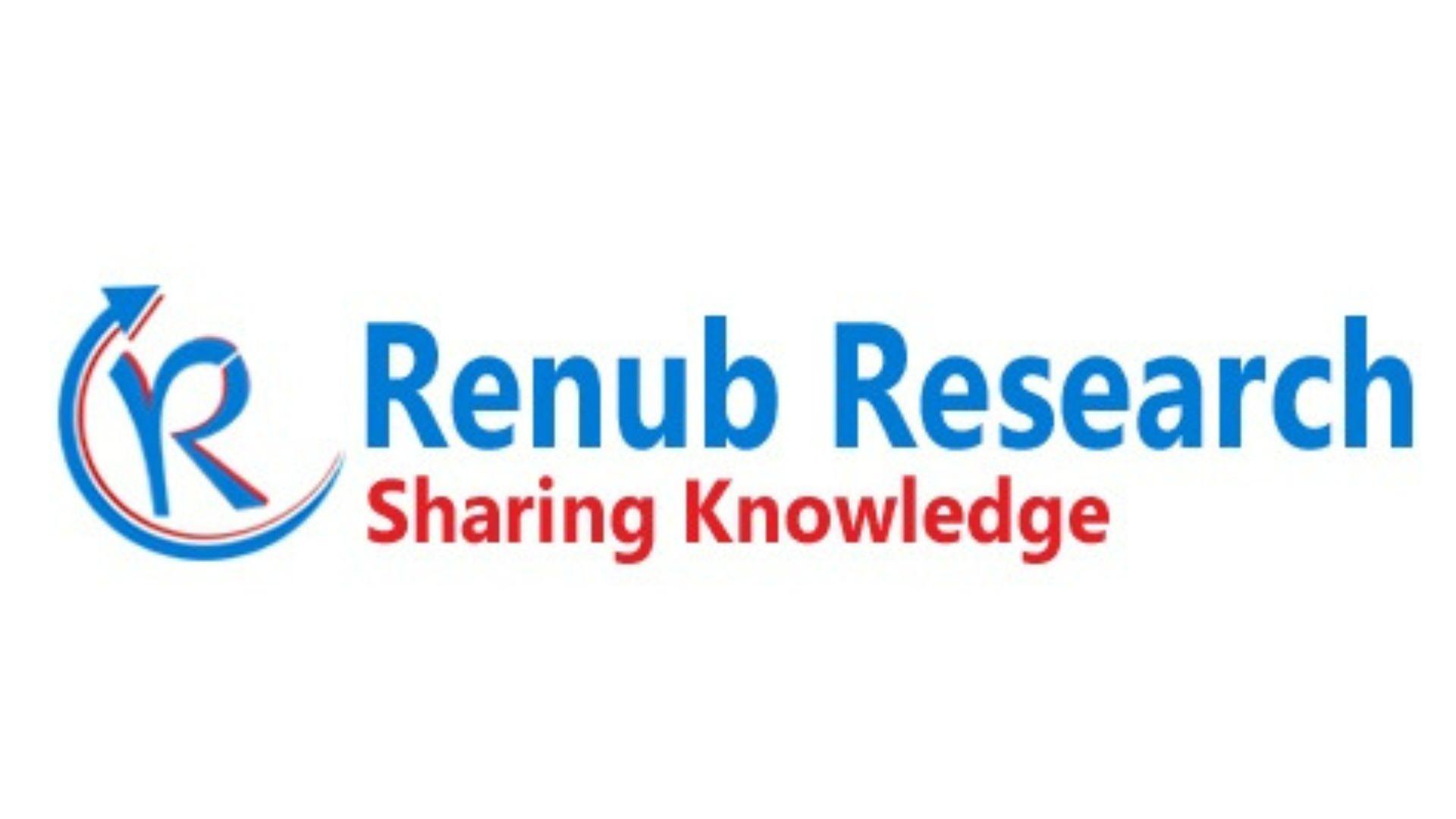Australia Chicken Poultry Market Analysis
The Australia Chicken Poultry Market is projected to grow from USD 3.03 billion in 2024 to USD 5.15 billion by 2033, at a CAGR of 6.08% between 2025 and 2033. Factors driving market growth include rising consumer demand for protein-rich diets, increasing health consciousness, convenience food demand, advancements in agricultural technologies, export demand, and a growing focus on food safety and sustainability.
The report covers the market by product (Table Eggs, Chicken Meat – Fresh/Chilled, Frozen/Canned, Processed), distribution channel (On-Trade, Off-Trade – Supermarkets/Hypermarkets, Specialty Stores, Online Retail, Others), and company analysis from 2025 to 2033.
Full Access Report:https://www.renub.com/australia-chicken-market-p.php
Australia Chicken Poultry Industry Overview
Chicken meat is a key pillar of Australia’s agricultural sector. Over the past three decades, per capita chicken consumption has risen to over 50 kilograms annually, making it the most consumed animal protein in the country. The industry is highly concentrated, with major producers like Baiada Poultry and Inghams Enterprises controlling more than 70% of the market. Vertical integration ensures efficiency and product consistency across breeding, feed milling, processing, and distribution.
Despite growth, the industry faces challenges such as rising labor and feed costs and risks from avian influenza outbreaks, which have recently caused significant losses. The South Australian government has invested over USD 2 million in technology to improve biosecurity. Furthermore, the Australian Chicken Meat Industry Sustainability Framework promotes ethical production methods and reduces environmental impacts, reflecting the sector’s commitment to health, sustainability, and consumer demand.
Growth Drivers for the Australia Chicken Poultry Market
Health and Sustainability Trends
Poultry consumption in Australia is increasing due to health-conscious preferences for leaner proteins. Chicken is perceived as a healthier alternative to red meat because of its lower fat content. According to the Australian Department of Agriculture, Fisheries, and Forestry, Australians consume more than 40 kg of poultry per person annually. Poultry is also affordable, versatile, and a staple in Australian households.
Consumer interest in ethically produced meat, such as free-range and organic poultry, is driving market growth. These trends are expected to sustain poultry’s dominance in the Australian meat industry.
Technological Advancements
Technological innovations are transforming the Australian poultry industry. Automation in feeding, watering, and processing has reduced labor needs and improved operational efficiency. Biosecurity technologies, including advanced monitoring systems, prevent disease outbreaks and enhance flock health. Data analytics optimizes resource use, including energy, feed, and water, reducing waste and environmental impact. These advancements lower costs, improve sustainability, and enhance the competitiveness of the sector.
Increase in the Consumption of Poultry
The rising preference for lean protein sources drives poultry consumption in Australia. Marketing campaigns promoting balanced diets with chicken as a lean meat have increased consumption levels. Free-range and organic poultry options are also becoming increasingly popular, ensuring continued growth of the sector.
? Want to explore detailed market trends, segment insights, and forecasts? ? Request Sample Report:https://www.renub.com/request-sample-page.php?gturl=australia-chicken-market-p.php
Challenges in the Australia Chicken Poultry Market
Market Concentration and Fair-Trading Concerns
With Inghams Enterprises and Baiada Poultry controlling approximately 70% of the market, concerns about unfair practices and reduced negotiating power for smaller companies persist. This market concentration limits opportunities for smaller farmers. The National Farmers Federation advocates for a mandatory code of conduct to ensure ethical business practices and supply chain transparency, promoting a fairer competitive environment.
Regulatory Compliance and Environmental Reporting
New climate reporting laws effective in 2025 will require poultry producers to disclose emissions data across their operations and supply chains. Compliance requires investment in technology and systems to track and calculate emissions, creating challenges for smaller producers. Although these regulations aim to promote sustainability, the increased operational and financial burden may impact overall market dynamics.
Australia Chicken Poultry Market Segments
Product
· Table Eggs
· Chicken Meat
o Fresh / Chilled
o Frozen / Canned
o Processed
Distribution Channel
· On-Trade
· Off-Trade
o Supermarkets/Hypermarkets
o Specialty Stores
o Online Retail
o Others
Company Analysis
The report covers key players from four perspectives: overview, key persons, recent developments, and revenue analysis. Major companies include:
· Suguna Foods
· Cargill Inc.
· VH Group
· Tyson Foods, Inc.
· NH Foods Ltd.
· New Hope Liuhe
· Charoen Pokphand Group
· Doyoo Group
· Wen’s Food Group
· Sunner Development Com
? For deeper analysis, detailed segment data, and company insights: ? Request Customization Report:https://www.renub.com/request-customization-page.php?gturl=australia-chicken-market-p.php
Note: If you need details, data, or insights not covered in this report, we are glad to assist. Through our customization service, we will collect and deliver the information you require, tailored to your specific needs. Share your requirements with us, and we will update the report to align with your expectations.



